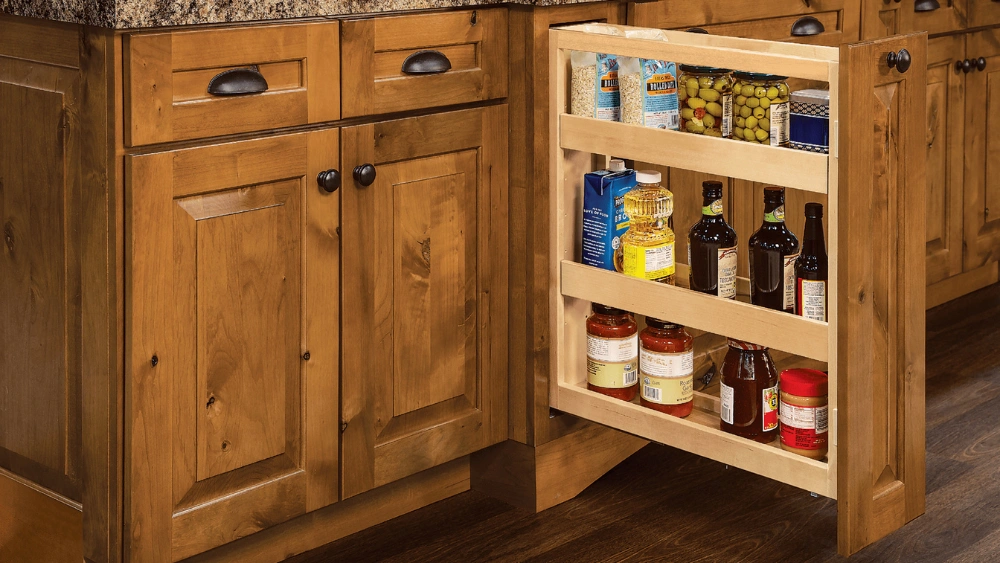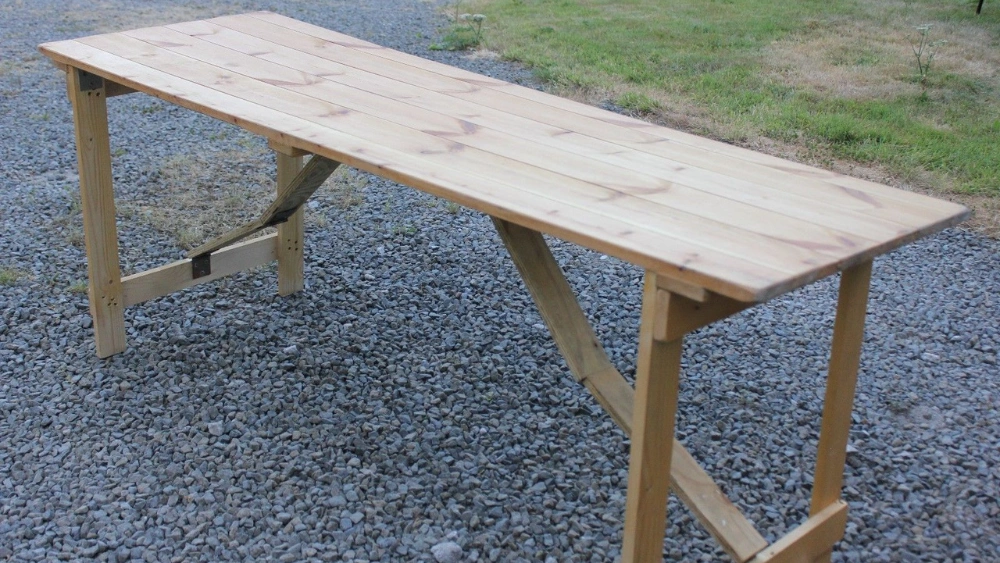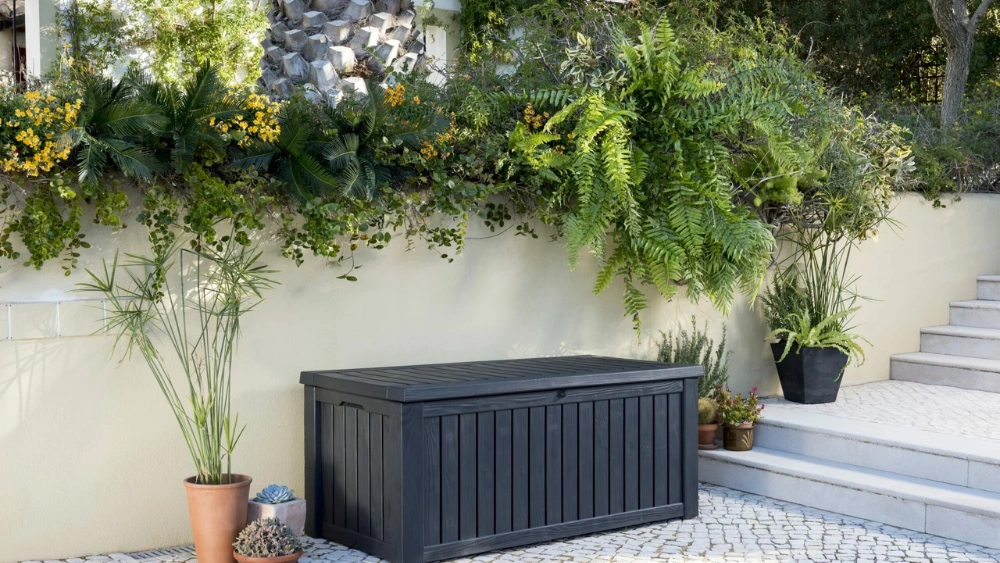Are you tired of clutter taking over your garage? Imagine having a sturdy, custom shelving unit that fits perfectly in your space and holds everything just the way you want.
You don’t have to settle for expensive, bulky store-bought shelves. What if you could build your own garage shelving unit, tailored to your needs and budget? You’ll discover how simple it can be to create a practical, durable shelf that transforms your garage into an organized haven.
Keep reading, and you’ll learn the secrets to making your garage work for you.
Benefits Of Diy Garage Shelving
Building your own garage shelves can save you money. It also gives you the chance to make shelves that fit your space perfectly.
DIY shelving lets you organize your garage the way you want. You can choose strong materials and designs that suit your needs.
Cost Savings
Making your own shelves costs less than buying ready-made ones. You only pay for materials and tools you need.
You can use leftover wood or recycled materials to lower expenses even more.
Custom Fit
DIY shelving lets you measure your garage carefully. You build shelves that fit exactly in the spaces you have.
This helps you use every inch of your garage and keep things neat.
Choose Your Materials
You decide what materials to use for your shelves. Wood, metal, or plastic can all be good choices.
This means you can pick strong and lasting materials that match your style and budget.
Sense Of Accomplishment
Building shelves yourself gives you pride in your work. You see your effort turn into something useful.
This can motivate you to take on more home projects and improve your skills.
Flexibility And Creativity
DIY shelving lets you design shelves your way. You pick shapes, sizes, and colors that fit your taste.
You can add hooks, baskets, or labels to make your storage smarter and easier to use.
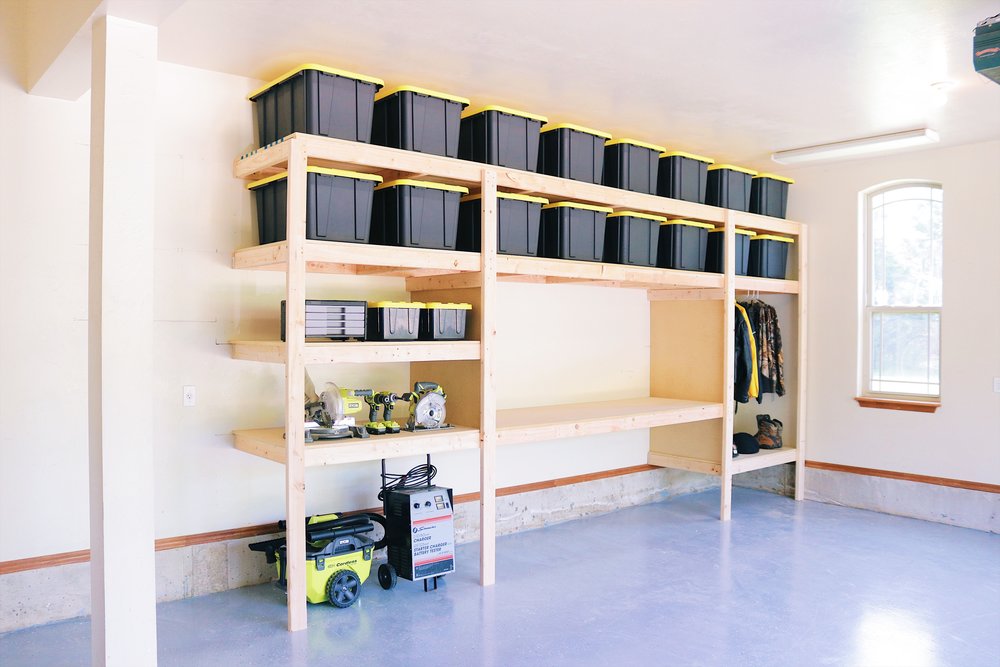
Credit: www.modernbuilds.com
Materials And Tools Needed
Building your own garage shelving unit can be a rewarding project. It requires specific materials and tools to ensure stability and durability.
Before you start, gather everything you need. This will save you time and help avoid interruptions during the building process.
Materials
The materials form the backbone of your shelving unit. Choose wisely based on your storage needs and garage space.
- Plywood or MDF boards for shelves
- 2×4 wooden beams for frame support
- Screws and nails for assembly
- Wood glue for additional strength
- Sandpaper for finishing edges
Tools
Having the right tools makes construction easier and more efficient. Ensure all tools are in good condition before starting.
| Tool | Purpose |
| Saw | Cutting wood to size |
| Drill | Creating holes for screws |
| Hammer | Nailing components together |
| Measuring Tape | Ensuring precise dimensions |
| Level | Checking shelf alignment |
Step-by-step Building Process
Building your own garage shelving unit is a practical project. It helps organize your space and saves money.
This guide walks you through the main steps. You will learn how to plan, cut, assemble, and finish your shelves.
Measuring And Planning
Start by measuring the garage space where you want the shelves. Note the height, width, and depth available. Decide how many shelves you need and their sizes.
- Measure wall length and height
- Choose shelf depth based on items to store
- Determine number of shelves and spacing
- Draw a simple plan with dimensions
- List materials needed based on measurements
Cutting And Preparing Materials
Gather your wood boards and tools. Cut each piece to the sizes from your plan. Sand all edges smooth to avoid splinters.
| Material | Cut Size | Quantity |
| Wood boards | 48 inches length | 4 |
| Wood boards | 12 inches width | 12 |
| Screws | 2 inches | 50 |
Assembling The Shelves
Start by attaching the side supports to the wall. Then fix the horizontal shelves to the supports. Use screws to secure each joint tightly.
- Attach side supports to wall studs
- Level each support before screwing
- Fix bottom shelf first
- Add shelves from bottom to top
- Check stability as you build
Finishing Touches
After assembly, check for rough edges or loose screws. You can paint or stain the shelves to protect the wood. Add hooks or baskets for extra storage options.
- Use a wood primer before painting
- Choose water-resistant paint for durability
- Apply at least two coats of finish
- Allow drying time between coats
- Consider adding rubber feet to legs
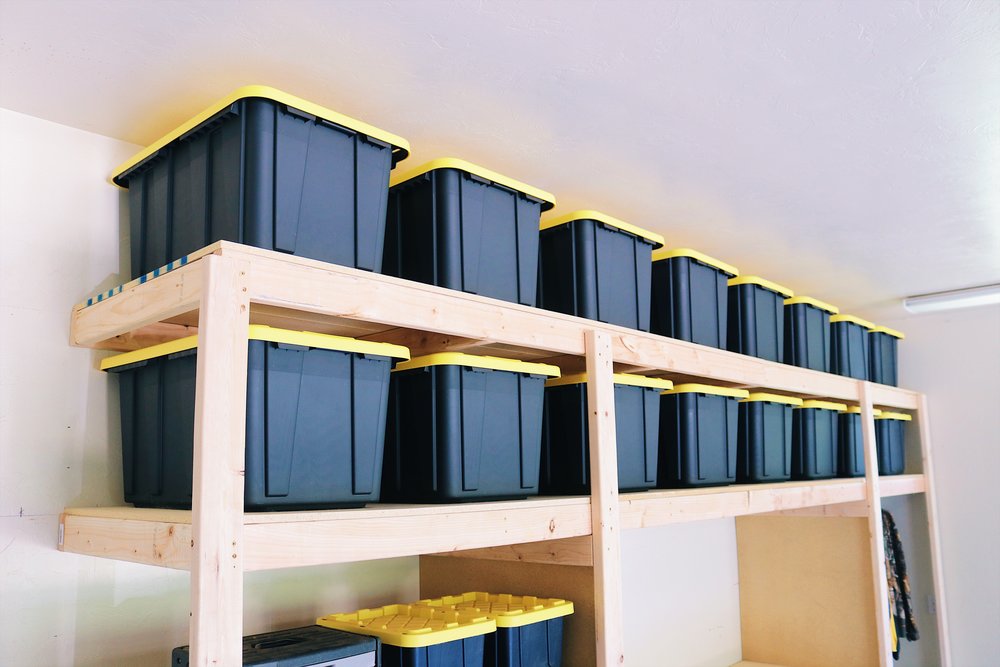
Credit: www.modernbuilds.com
Tips For Maintenance And Safety
Building your own garage shelving unit is a smart way to organize space. Keeping it safe and well-maintained helps it last long.
Use these tips to care for your shelves and keep your garage safe for everyone.
Regular Cleaning
Dust and dirt can damage shelves over time. Clean your shelving unit often to keep it strong. Use a soft cloth and mild cleaner.
Check For Damage
Look for cracks, loose screws, or bent parts every few months. Fix small problems before they get worse. Tighten screws and replace broken pieces.
Weight Limits
Do not overload your shelves. Heavy items can make shelves bend or fall. Follow weight guidelines for your materials and design.
- Know the max weight per shelf
- Distribute weight evenly
- Store heavy items on lower shelves
- Avoid stacking too high
Secure Installation
Make sure the shelving unit is fixed to the wall or floor. This stops it from tipping over. Use strong brackets and anchors for safety.
Safe Use Practices
| Practice | Reason |
| Keep children away | Prevent accidents and injuries |
| Wear gloves when handling | Avoid splinters and cuts |
| Do not climb on shelves | Prevent falls and damage |
| Store chemicals safely | Prevent spills and hazards |
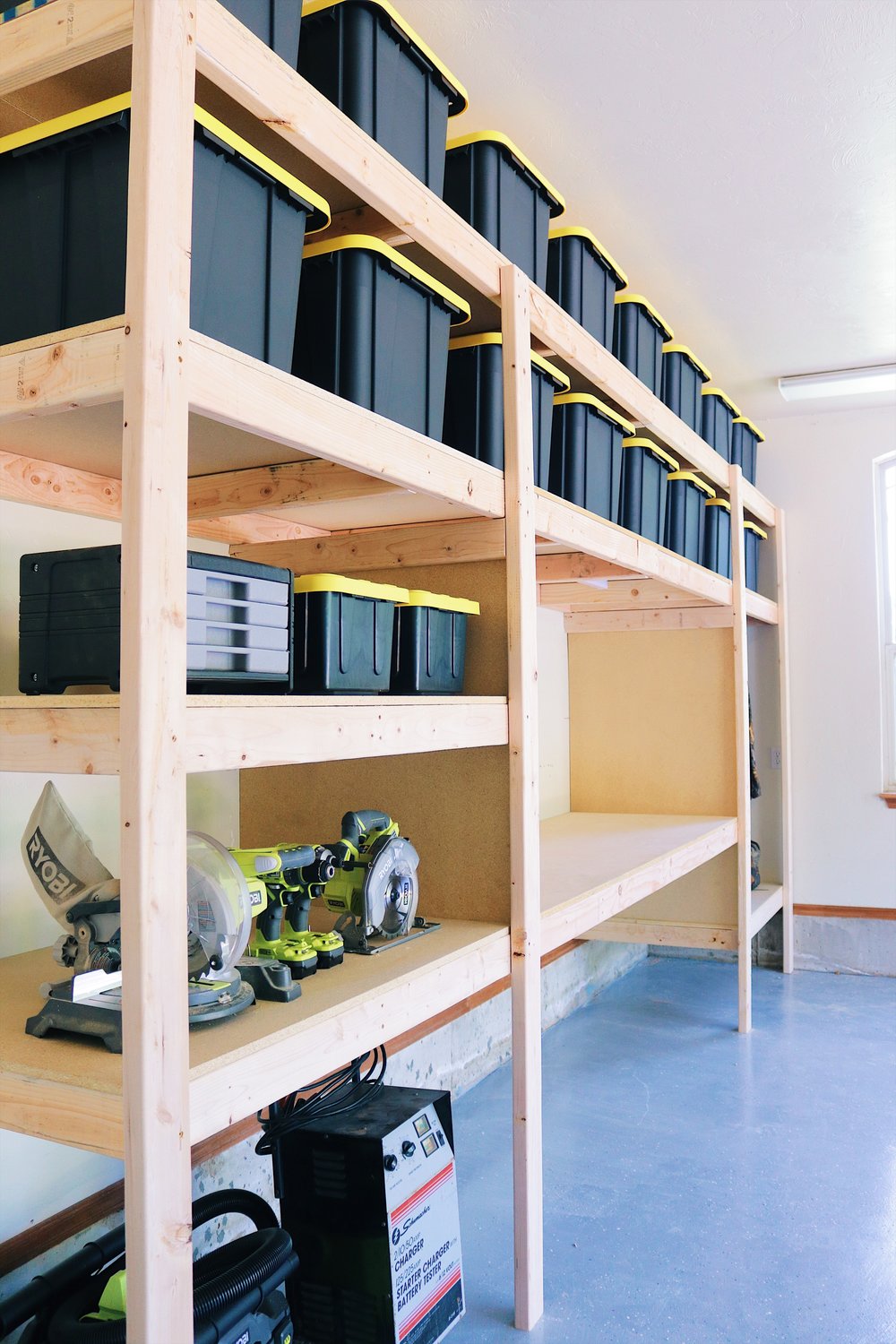
Credit: www.modernbuilds.com
Frequently Asked Questions
Can I Build A Garage Shelving Unit Myself?
Yes, you can build a garage shelving unit yourself using basic tools and materials. It saves money and allows customization to your space and storage needs.
What Materials Are Best For Diy Garage Shelves?
Wood, metal, and plastic are popular materials. Wood offers strength and customization, metal provides durability, and plastic is lightweight and moisture-resistant.
How Much Does It Cost To Make Garage Shelves?
DIY garage shelves typically cost between $50 and $150, depending on materials and size. Building your own is often cheaper than buying pre-made units.
What Tools Do I Need To Build Garage Shelves?
Basic tools include a saw, drill, measuring tape, level, and screws. These tools help you measure, cut, and assemble the shelving unit accurately.
Conclusion
Building your own garage shelving unit is a practical choice. It saves money and fits your space well. You control the size and design to meet your needs. Basic tools and materials make the project easy. With clear steps, anyone can complete it safely.
Organizing your garage becomes simpler with custom shelves. Start small and add shelves as you go. A DIY shelf adds value and order to your garage. You will enjoy a neat, functional space every day.

